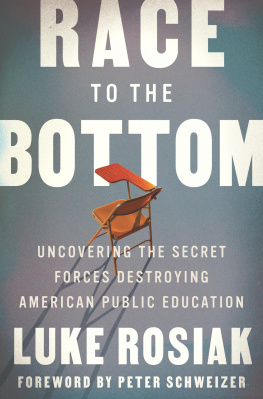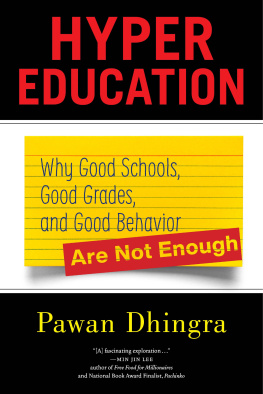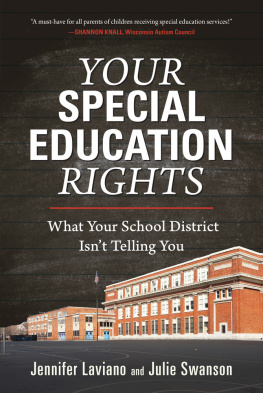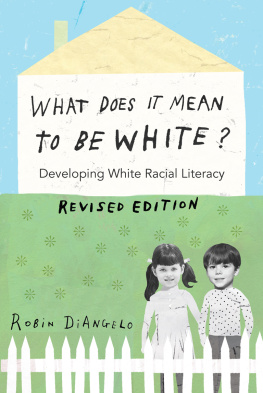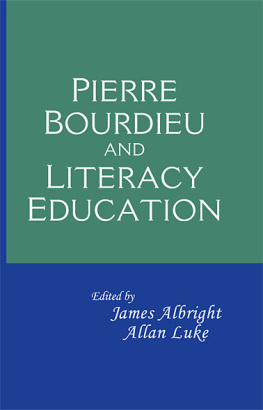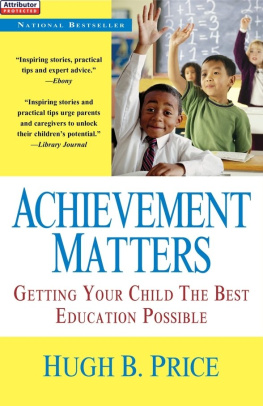For my children, and for the accidental activists: the parents who had no choice but to fight for their kids when they realized that no one else was.
Contents
By Peter Schweizer
As a parent, I was shocked by what you will read in this book. The year 2020 will be remembered for the virus from China that swept across America. Many Americans stayed in their homes for months, but perhaps the most disruptive effect was how schools were closed for much longerfor more than a year in some places, as teachers unions demanded it.
The killing of George Floyd by police in Minneapolis in May set off another viral outbreak of civil unrest in American cities and towns. Racial protests became violent riots when the sun went down. Local businesses that were already struggling because of the effects of the pandemic were looted and burned in the mayhem.
The combination of these two viruses exposed the presence of a third virusin the form of a fringe ideology that attacks not the bodies of our children but their very minds. Masked by rhetoric meant to sound unobjectionable and high-minded, this ideology corrupts Americans natural sense of fairness and justice, substituting the ideal of equality with the deceptive, loaded word equity. It deliberately foments dissatisfaction through a Marxist lens, replacing bourgeois and worker with white and black people. It denies successes and instead focuses on omnipresent systemic racism. This ideology is metastasizing into the curriculum of your sons middle school and your daughters high school.
Whether you have seen it discussed as anti-racism or by its more academic name of critical race theory (CRT), the ideas behind it are not newthey have been percolating slowly in academia since the late 1970s. Academics such as Glenn Loury and Shelby Steele have warned for years about its emergence, calling it a toxic stew of racial hatred and Marxist dialectic. Under cover of seeking to redress past injustices, injustices in the present were rationalized and injustices in the future were prescribed. Statistical imbalances in academic performance and test scores became prima facie evidence of racial discrimination. And, along the way, advocates for these ideas also perfected an effective tactic to intimidate and silence their doubters. They simply called anyone who disagreed with them a racist.
In normal times, parents do not hear much of the details of what their children are being taught at school, but the online Zoom classes that came with closed schools gave a firsthand look. They were underwhelmed by the academic rigor, but heard their childs teacher inviting the students to catalog their white privilege, or telling them they are either a racist or an anti-racist. This was a jolting experience, infuriating to some, and definitely not something mentioned in the class syllabus.
Luke Rosiaks exhaustive work in this book shows that while it might have been parents first glimpse of such issues, they did not appear in K12 schools overnight. Through the stories of local school systems in different parts of the countryfrom inner cities to wealthy suburbs and rural areasLuke shows readers how, for years, local K12 school systems have been captured by a variety of special interests whose allegiance is to anything but the three Rs.
When it comes to the new RraceLuke goes much farther than the news reports you have seen to explain where this all came from, how it spread so rapidly, who has enabled it, and why they are doing it. For one, grant-giving philanthropic foundations have contributed millions of dollars to underwrite the spread of this ideology in K12 schools, while consultants have profited.
But the reason K12 schools so eagerly eschewed standards of objectivity and meritocracy for subjective lessons and artificially forced equal outcomes is fascinating. Luke demonstrates convincingly that it is not about race at all, but rather the latest in a series of techniques used by education bureaucrats to hide more fundamental failings around their core mission.
My work as an investigative journalist involves sifting our nations political class for evidence of corruption. What I have seen over my decades of work is that corruption is most likely to fester where no one is looking. What Luke has found is that some of the same forms of deception, self-dealing, and corruption that I have seen in the halls of power are also occurring behind the friendly-seeming facades of the schools in your town. He identifies systemic rot in an area that is, somehow, simultaneously omnipresent and remarkably underscrutinized.
There are kickbacks to school board members who, wouldnt you know, also run (or have a family member who runs) businesses that do all sorts of educational consulting work. There are enormous charitable foundations that gain access through generous grants, only to steer schools to focus on their agendas, which rarely entail better academic outcomes. There are games being played with the statistics to make educators look good without helping students. These are familiar scams to me, but the extent of it is eye-opening.
I also see the parallels with the public choice economics theory that large government bureaucracies over time become more concerned with pursuing what is best for the bureaucracies themselves, to the detriment of the people they are supposed to serve. Lukes book presents a strong case against teachers unions and the public school monopoly and will be particularly helpful for those who are considering the merits of policies such as school choice, vouchers, and other alternatives to the public school behemoth.
Among the many things that will strike you is how effectively, over the course of decades, bureaucrats concealed academic problems from parents and activists steered school bureaucracies. Many teachers were too scared or complacent to object, and parents too busy or trusting, so they went along to get along. There are not many stories of heroism here. Perhaps, though, Lukes work will inspire parents to pay more attention to what is happening on their local school boards or, better still, consider running for them. There is not much time left to restore an educational system that once was the envy of the world, and it is essential that American schools produce citizens who not only understand their countrys history, warts and all, but are also happy, well-adjusted children who know how to read, write, and perform arithmetic.
Eight-year-old Lucy lay curled in a fetal position on the floor and rocked back and forth.
It was November 2020, and the little girl had not been to school in almost eight months, since Fairfax County, Virginia, had ordered schools closed in March.
Tracy Compton struggled through tears to type out another email.
Hi School Board, she wrote. Have you ever had your kids so upset by school that they hold themselves on the floor and rock? How would that make you feel as a parent?
In the fall of 2020, life was proceeding for many Americans despite the respiratory virus that had spread from China. They donned cloth face masks to minimize the chance of spread, but otherwise went about their business. Low-paid cashiers showed up for work and handled cash from an endless procession of strangers. Postal workers traveled from house to house. Waiters brought your food in restaurants. Flight attendants cleaned up airsickness bags and navigated the narrow aisles. School sports continued. Heck, even strip clubs were open, albeit with more stringent social distancing required.
Teachers, the highest paid of any of these positions, who interacted with the fewest people during a typical workday, and worked with the age group that posed and faced by far the least risk, refused to return to their classrooms.

